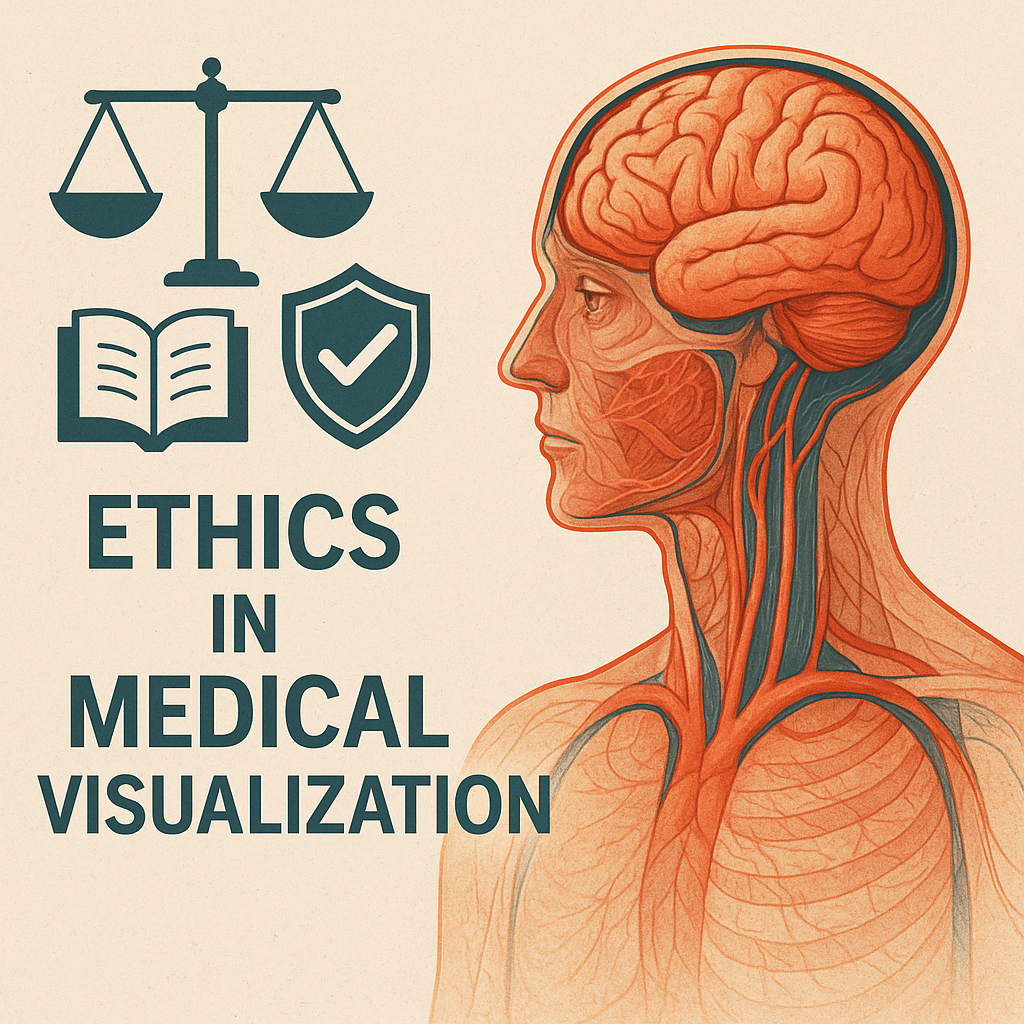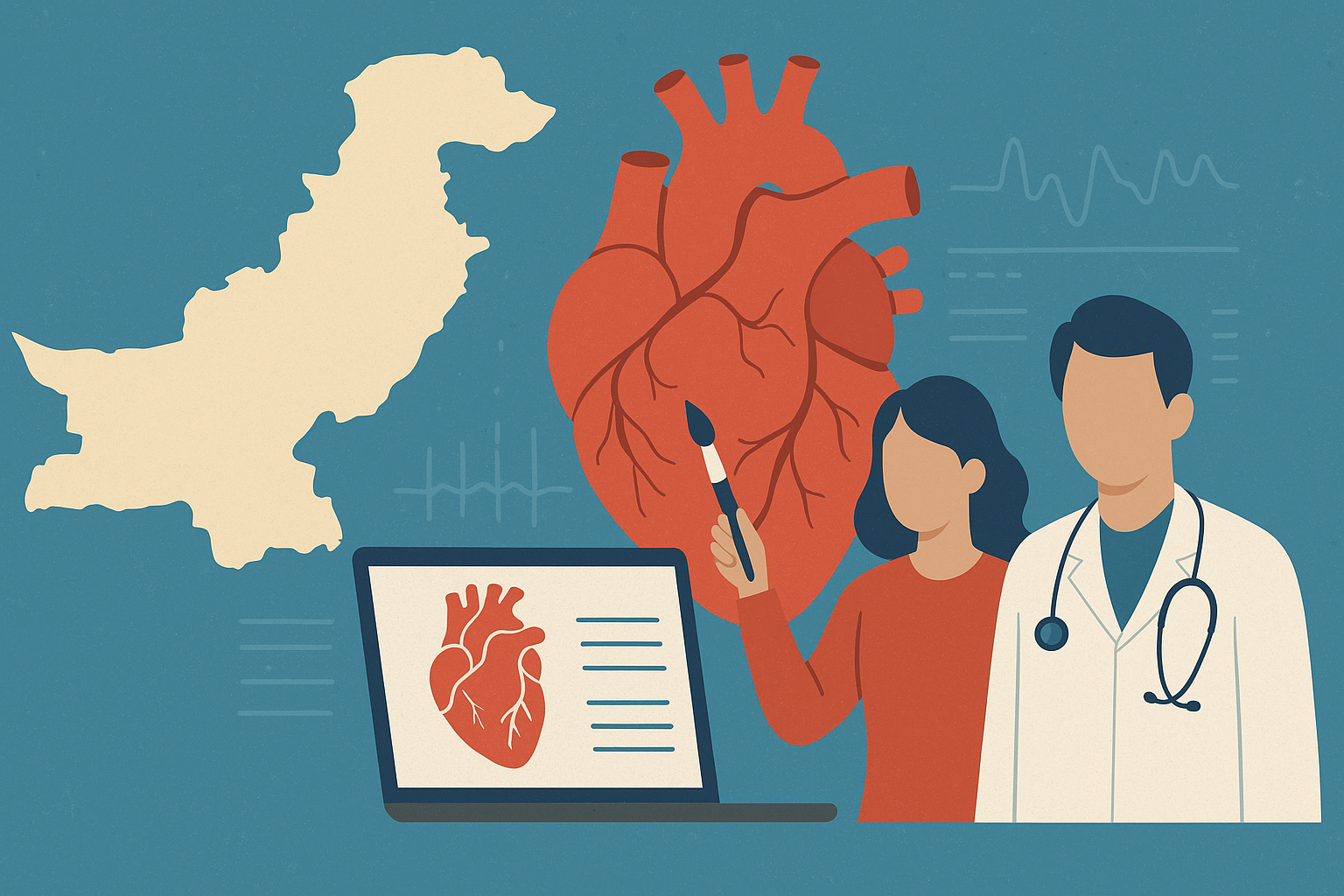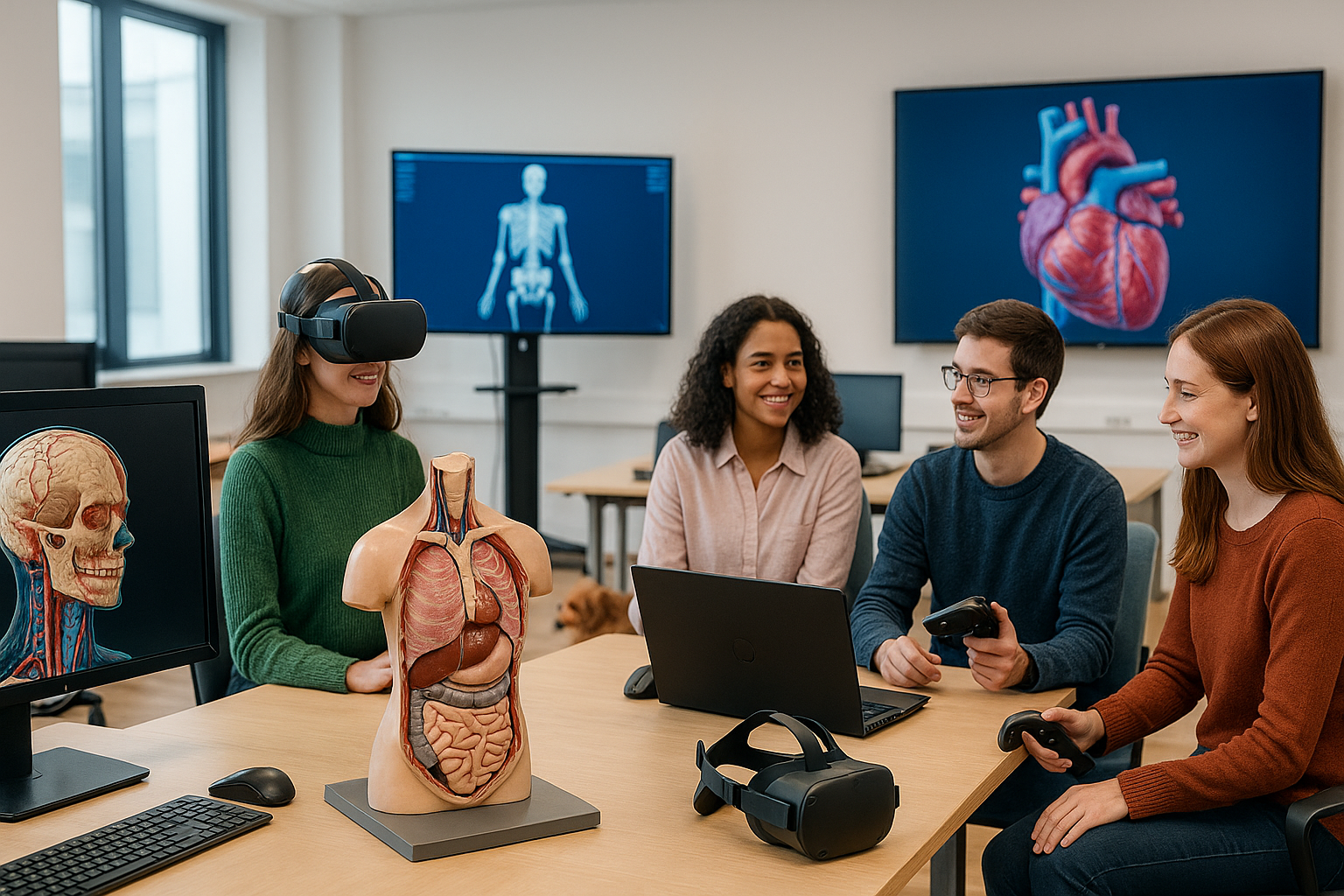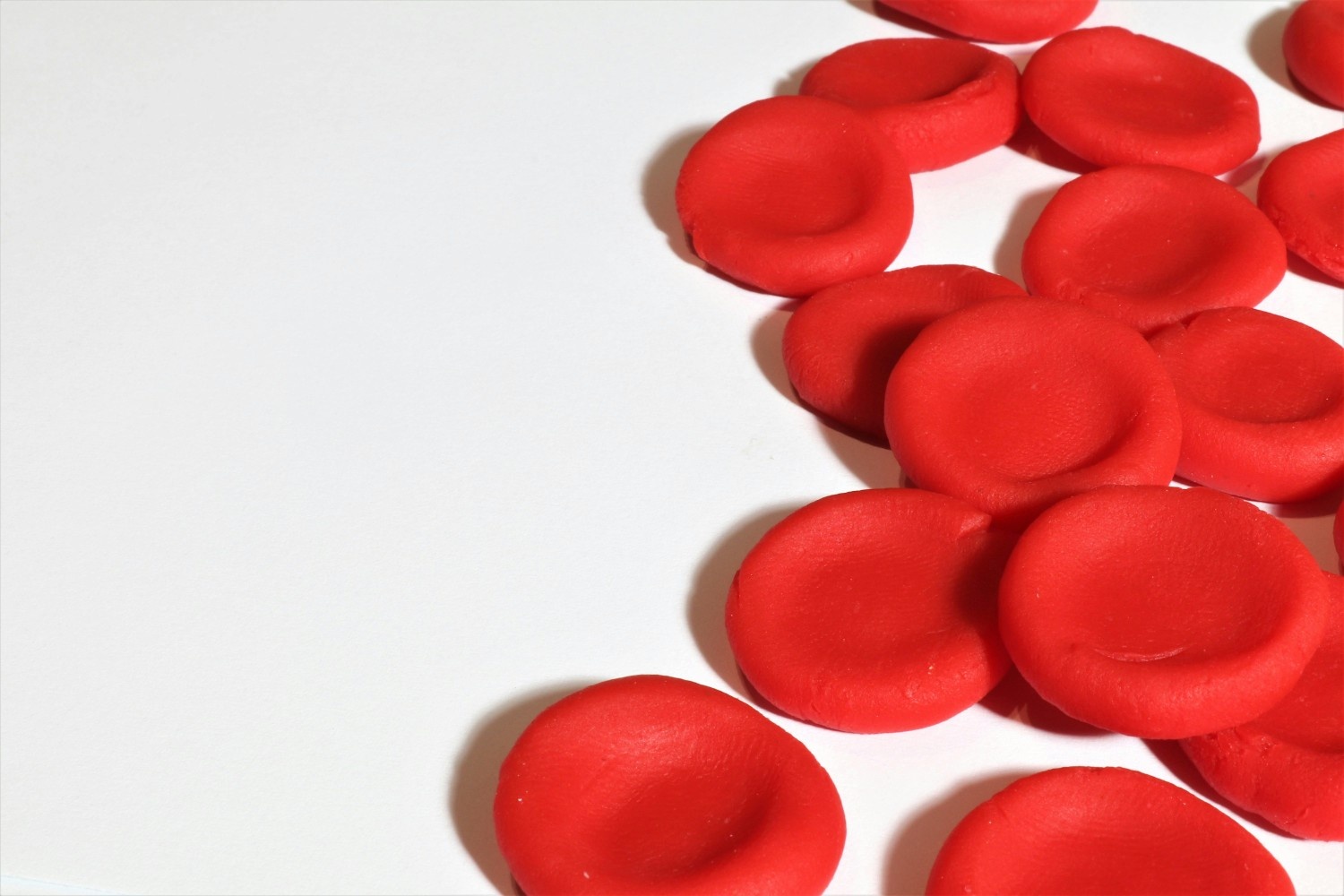When art meets anatomy — where do we draw the ethical line?
MedVis: More Than Just Visuals
Medical Visualization (MedVis) is an exciting field where art, biology, and technology intersect to help people better understand the human body and medical concepts. As a medical animation student, I love this creative yet scientific space — but I’ve also come to realize that creating visuals for healthcare isn’t just about creativity.
It’s also about ethics.
Learning Through the Coursera Course
While taking the Medical Visualisation and Human Anatomy course on Coursera (offered by the University of Glasgow), I was introduced to ethical issues that MedVis practitioners must be aware of. From creating anatomical models to simulating surgeries, every visual has the power to teach, influence, or mislead.
One module in particular got me thinking deeply — and led me to explore some real-world discussions on the subject.
Debating Ethics in Medical Tech
One of the most insightful resources I encountered was the article:
This debate-style paper explores ethical dilemmas surrounding continuous health monitoring, which shares parallels with MedVis — especially in how personal data and technology intertwine in modern medicine.
Key Ideas That Resonate:
1. Accuracy vs. Privacy
As tech advances, so does our ability to track, monitor, and visualize health data. But with more access comes more risk. Are we protecting patients’ privacy while using their data to create visuals?
2. The Influence of Visualization
The paper notes how patients and even healthcare providers can be heavily influenced by visual and data-based tools. This makes it crucial for medical visuals to be factually correct, ethically framed, and free of commercial or emotional manipulation.
3. Consent Is Key
Whether you’re monitoring real patients or referencing anatomical imagery, consent and transparency are essential. Viewers should understand what they’re looking at and why it matters.
Why It Matters for Pakistan
As someone currently working on a thesis exploring the innovation of 3D visualization in cardiac medical education in Pakistan, I see how important ethical awareness is in emerging markets.
We’re just beginning to introduce these tools here. This is the time to:
- Establish clear standards
- Ensure respect for cultural sensitivities
- Keep access equitable and inclusive
If we don’t consider ethics now, we risk creating tools that exclude, mislead, or compromise trust.
What I’m Taking Forward
From both the Coursera course and the ethics debate, I’ve learned to ask myself a few questions while creating:
- Am I representing the body realistically and respectfully?
- Could this visual be misinterpreted or cause harm?
- Am I using any real patient data? If yes, do I have the right permissions?
- Who is this visual for — and is it accessible to them?
Final Thoughts
Ethics isn’t just a checklist — it’s a mindset.
As I continue learning and experimenting in this field, I want to keep ethics at the center of my work. Visuals in healthcare are powerful — and with that power comes a need for truth, care, and accountability.
If you’re just getting into medical visualization like me, I highly recommend the Glasgow University Coursera course. It’s a great way to understand both the creative and ethical sides of this growing discipline.
Bonus Tip
👉 Always credit your sources, understand your audience, and remember — just because something looks good doesn’t mean it’s right.




Leave a Reply